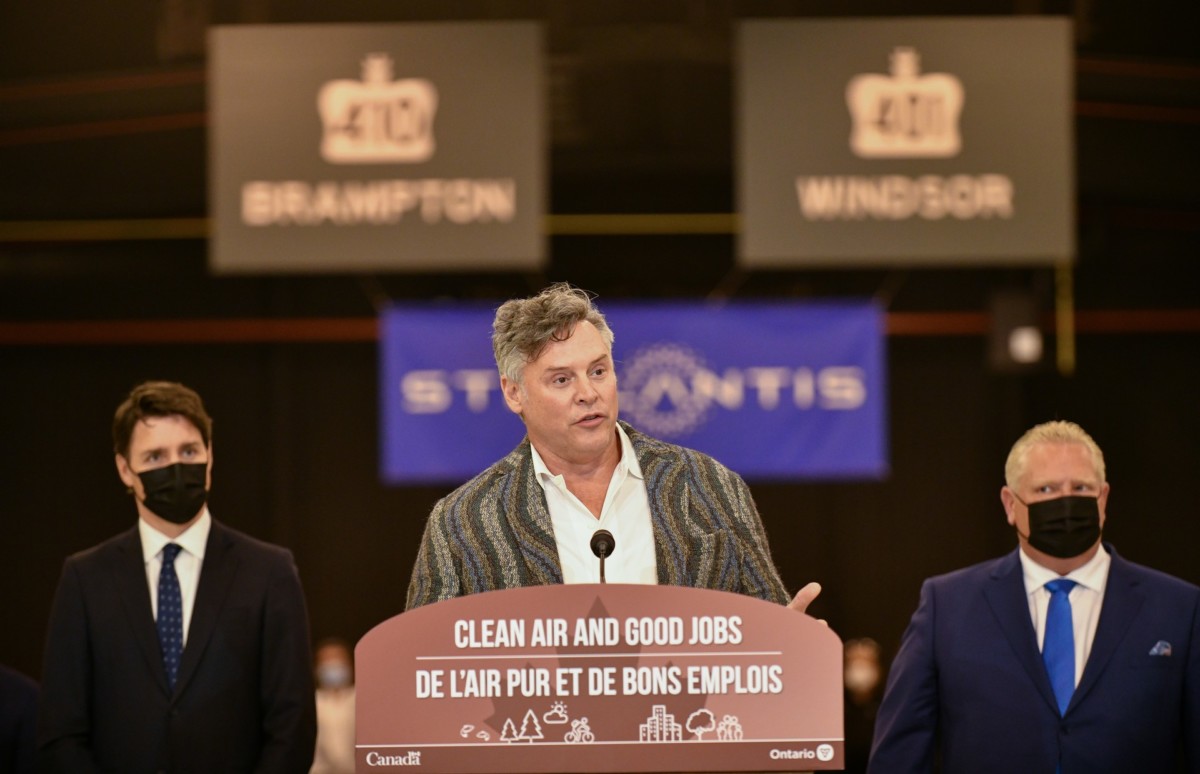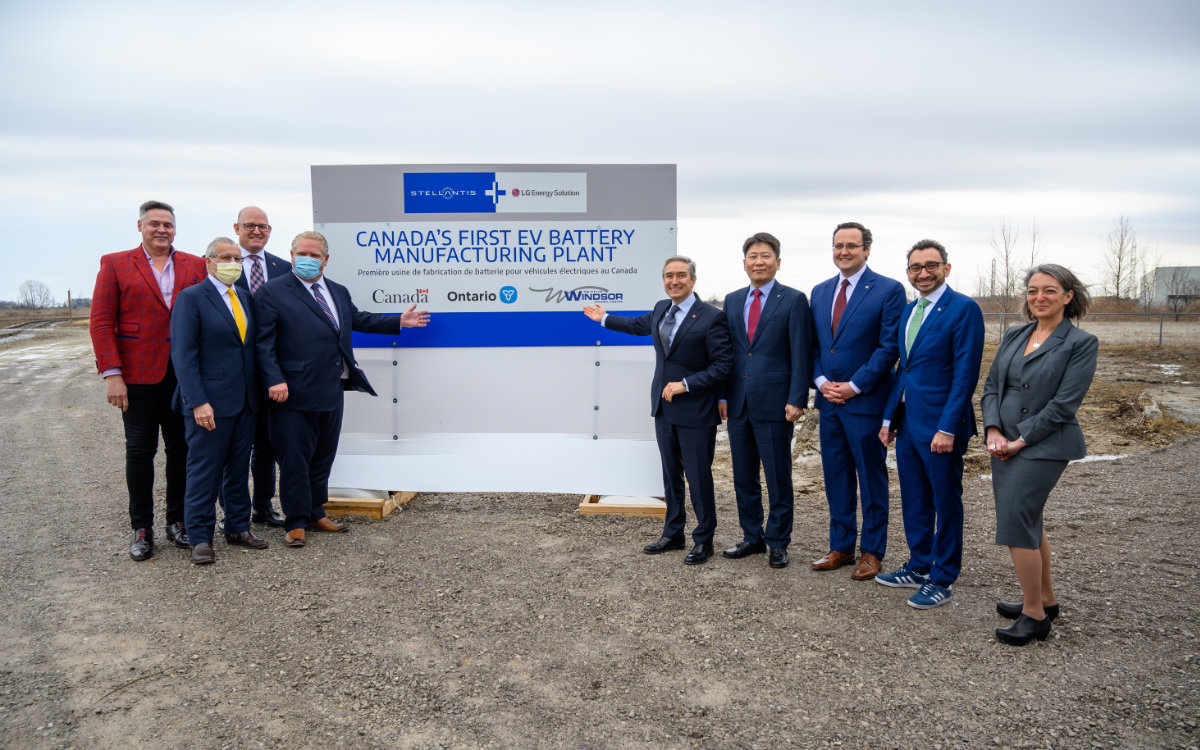
Photo: Stellantis
Investing in Canada’s electric and hybrid vehicles
Stellantis, a Netherlands-based automaker, will invest $3.6 billion into its Windsor and Brampton assembly plants in Ontario to push manufacturing electric and hybrid vehicles. The company plans to stop construction of combustion engines by 2038.
Brampton will be looking to start production of full battery electric vehicles in late 2024 / early 2025 – ceasing production of the current Chrysler 300, Dodge Challenger and Dodge Charger.
The Windsor location will be “transformed to support production of a new multi-energy vehicle architecture that will provide battery-electric capability for multiple models.” Retooling is expected to begin in 2023.
The Ontario government has contributed $287 million to the Windsor plant and $132 million to the Brampton facility. Another $94 million will be for two new R&D plants. The federal government has pledged to match Ontario’s contribution.

Photo: Stellantis
Canada to become a major player in the EV market
Also announced are two new $626 million Windsor-based Automotive Research and Development Centers which will add over 650 more engineering jobs. The location will focus on “electrified propulsion systems, including batteries, power electronics, electric machines, motor controls, energy management and embedded software.”
A newly massive 100,000 square feet battery manufacturing plant will be constructed by the end of 2023, adding around 2,500 new jobs to the Windsor area. Stellantis announced a partnership with EG Energy Solution for this $5-billion operation to help meet the high demand for EV batteries.
Justin Trudeau said “We’ve reached a deal with Stellantis to make this Windsor plant and the one in Brampton global leaders on building electric vehicles. Not only are we growing a world-leading auto industry, creating hundreds of jobs and securing thousands more, [but] we’re also keeping our air clean by building and driving more EVs here at home.”





